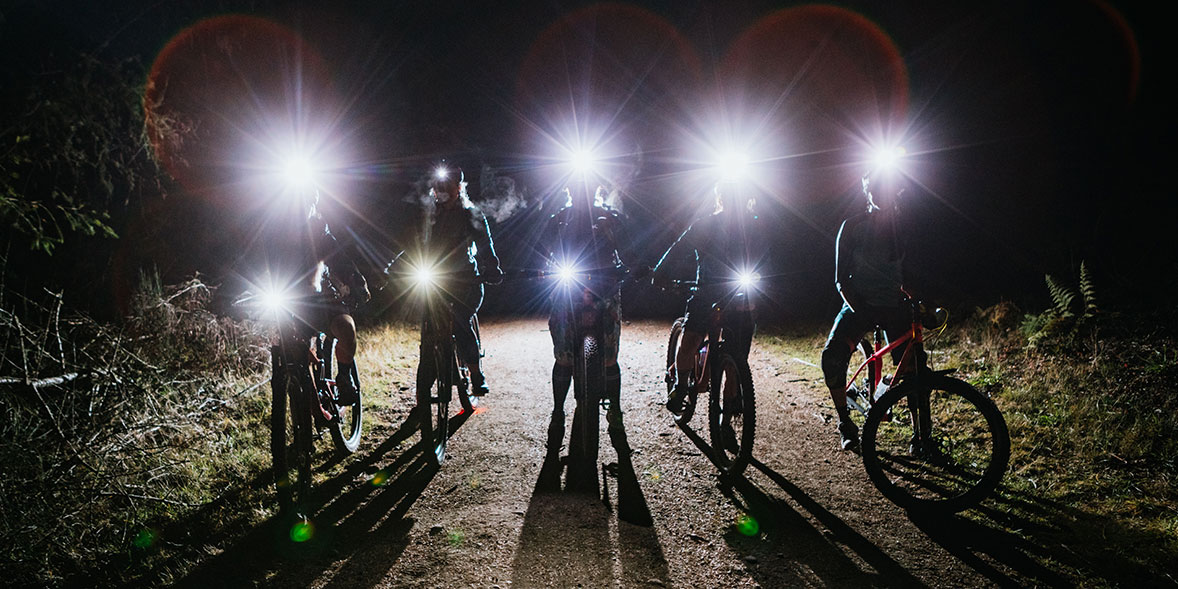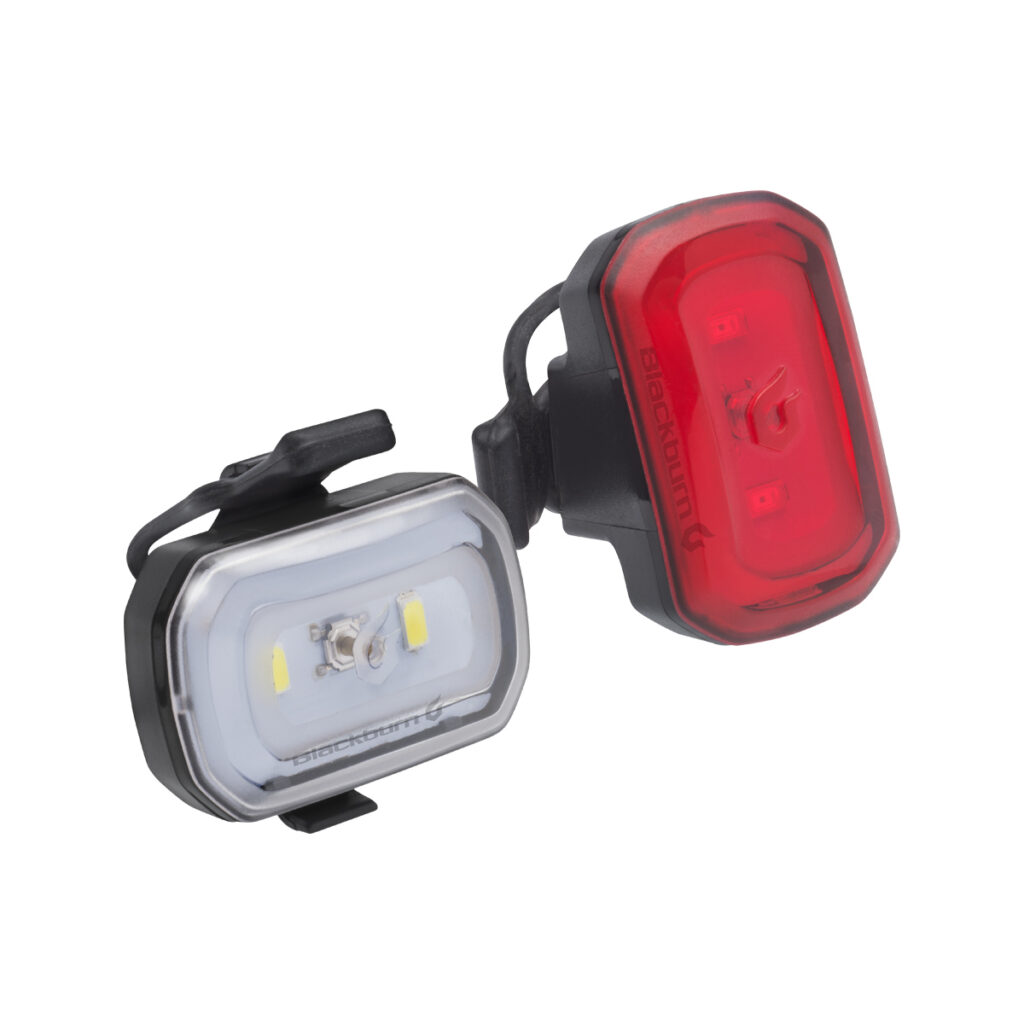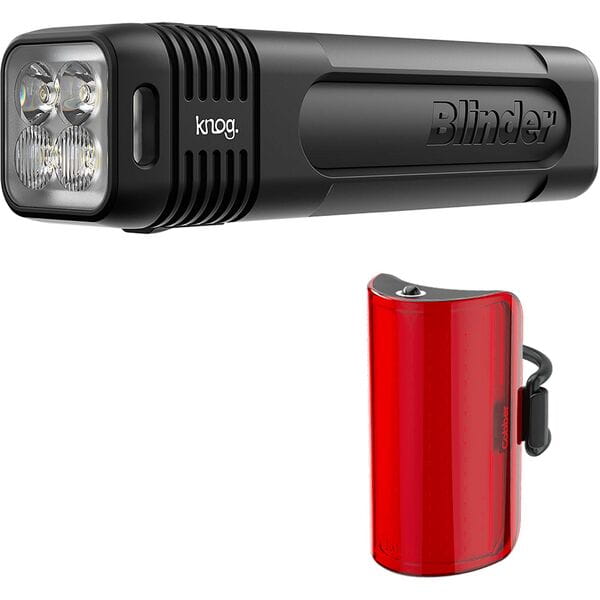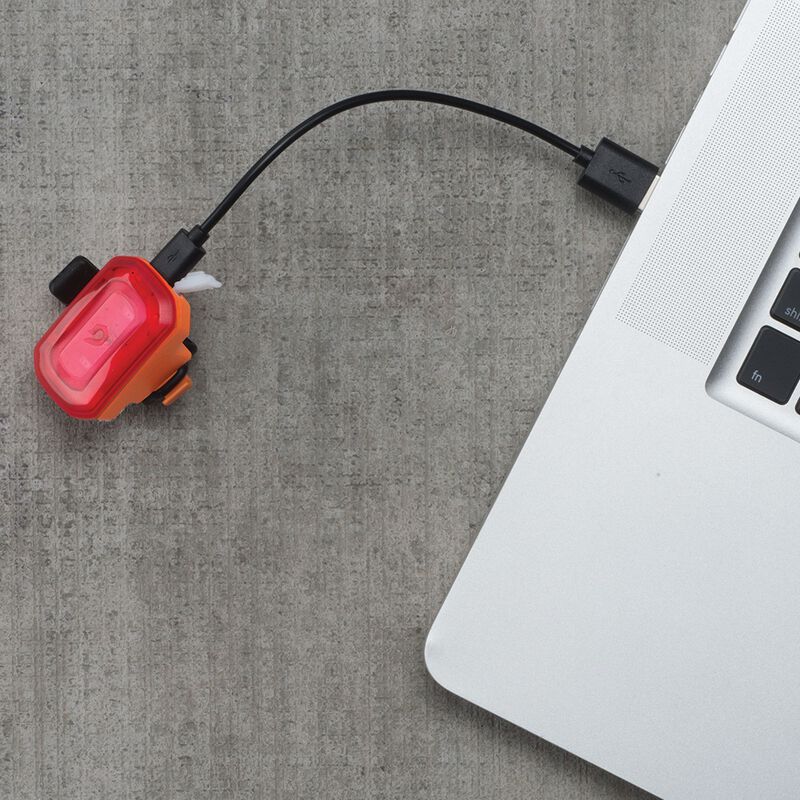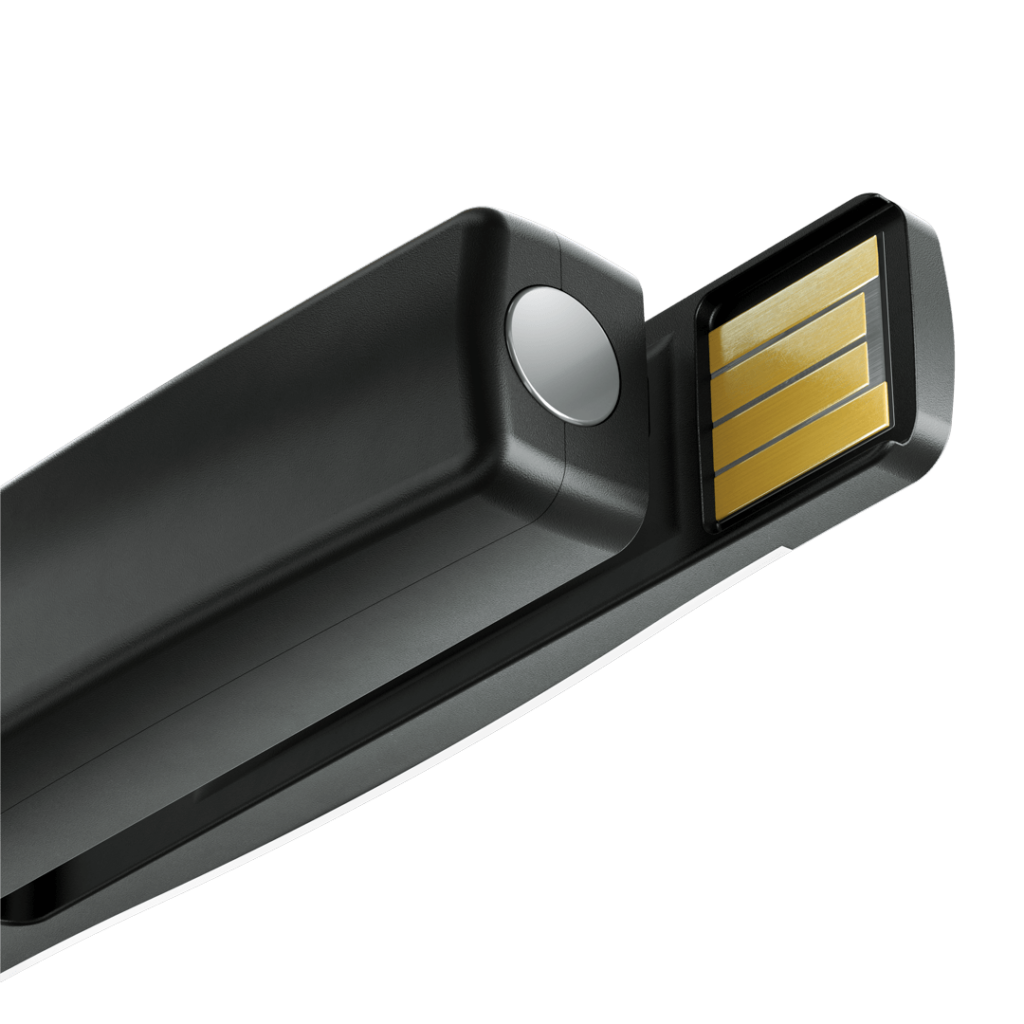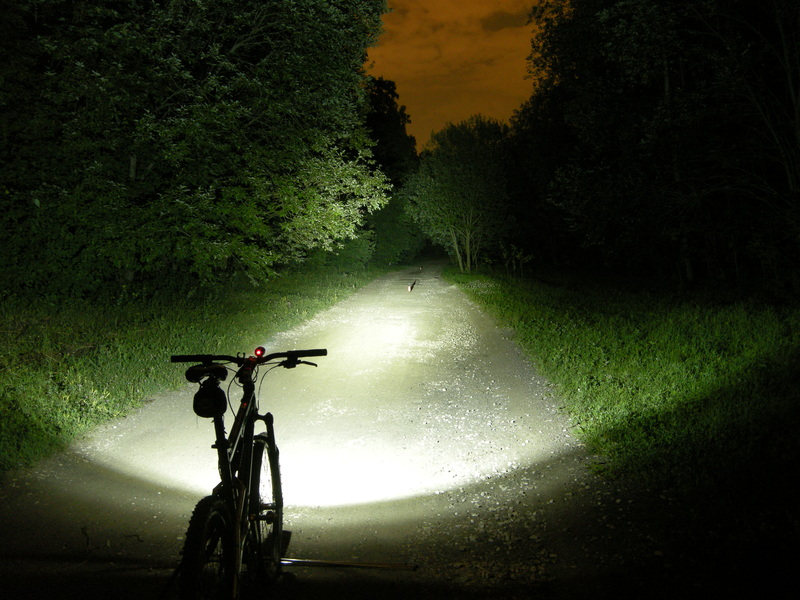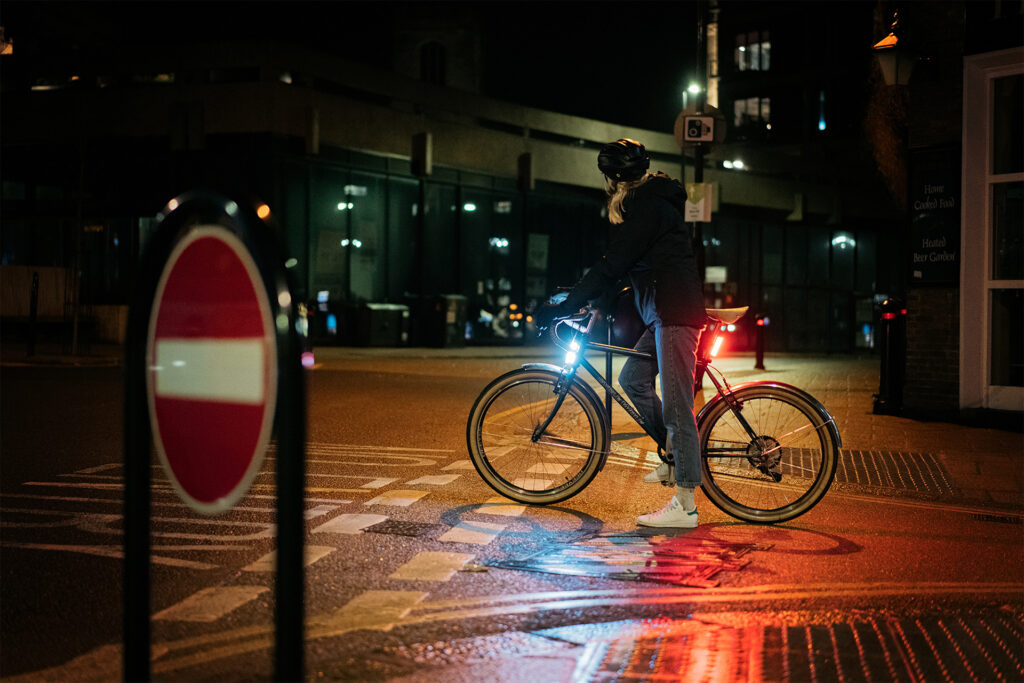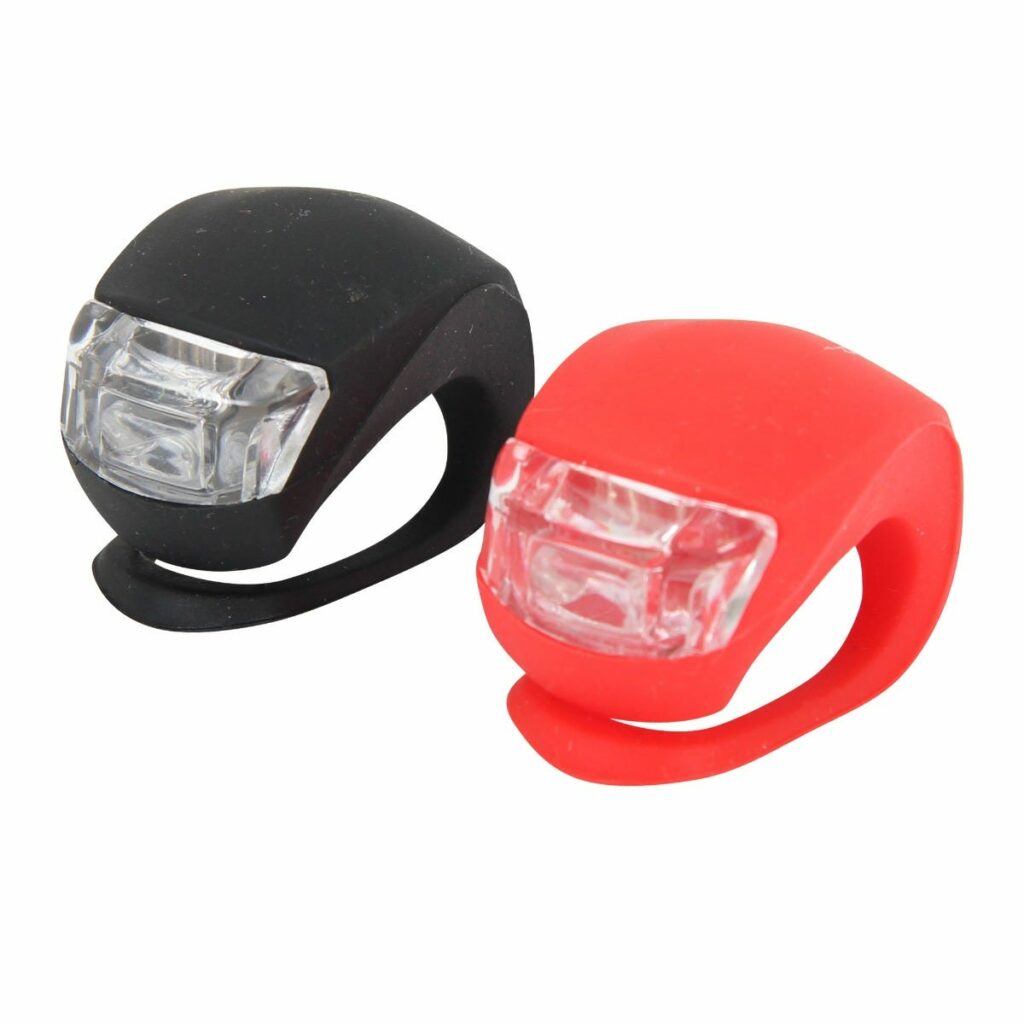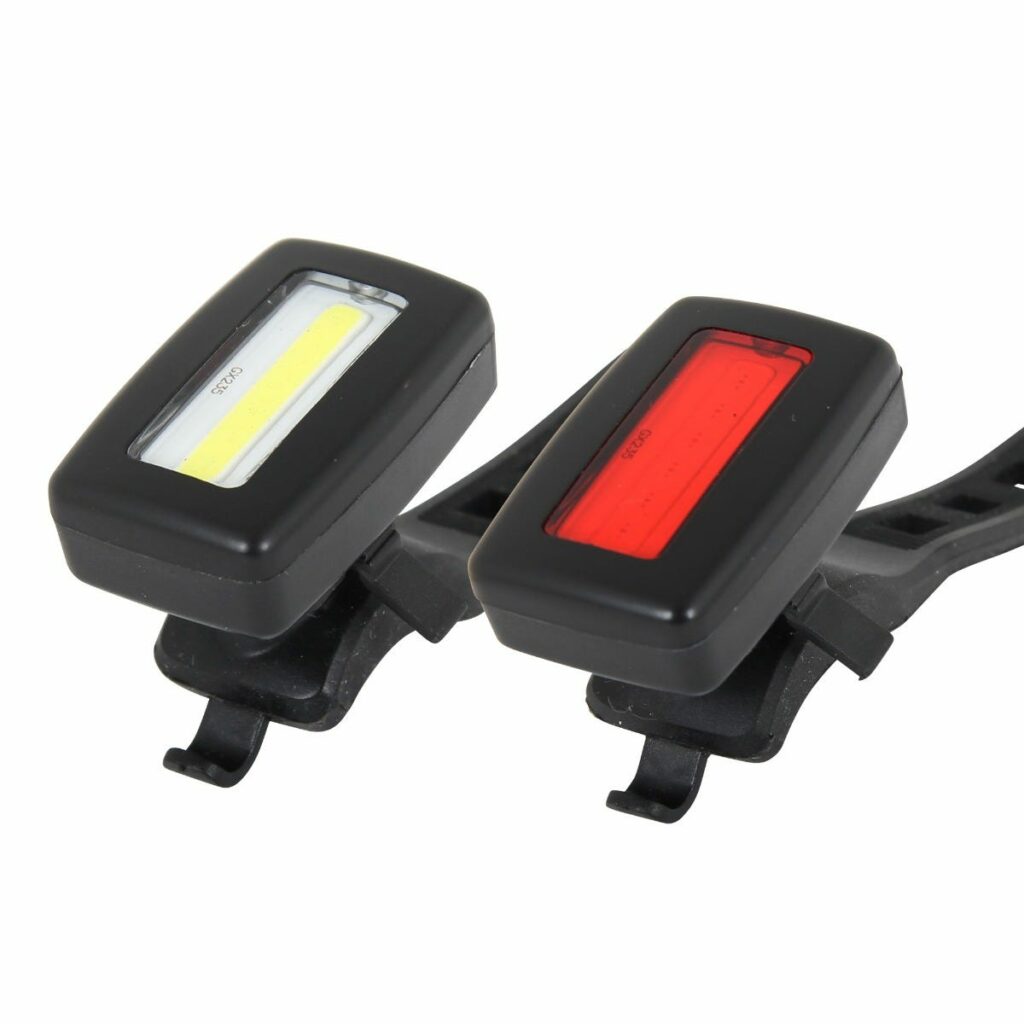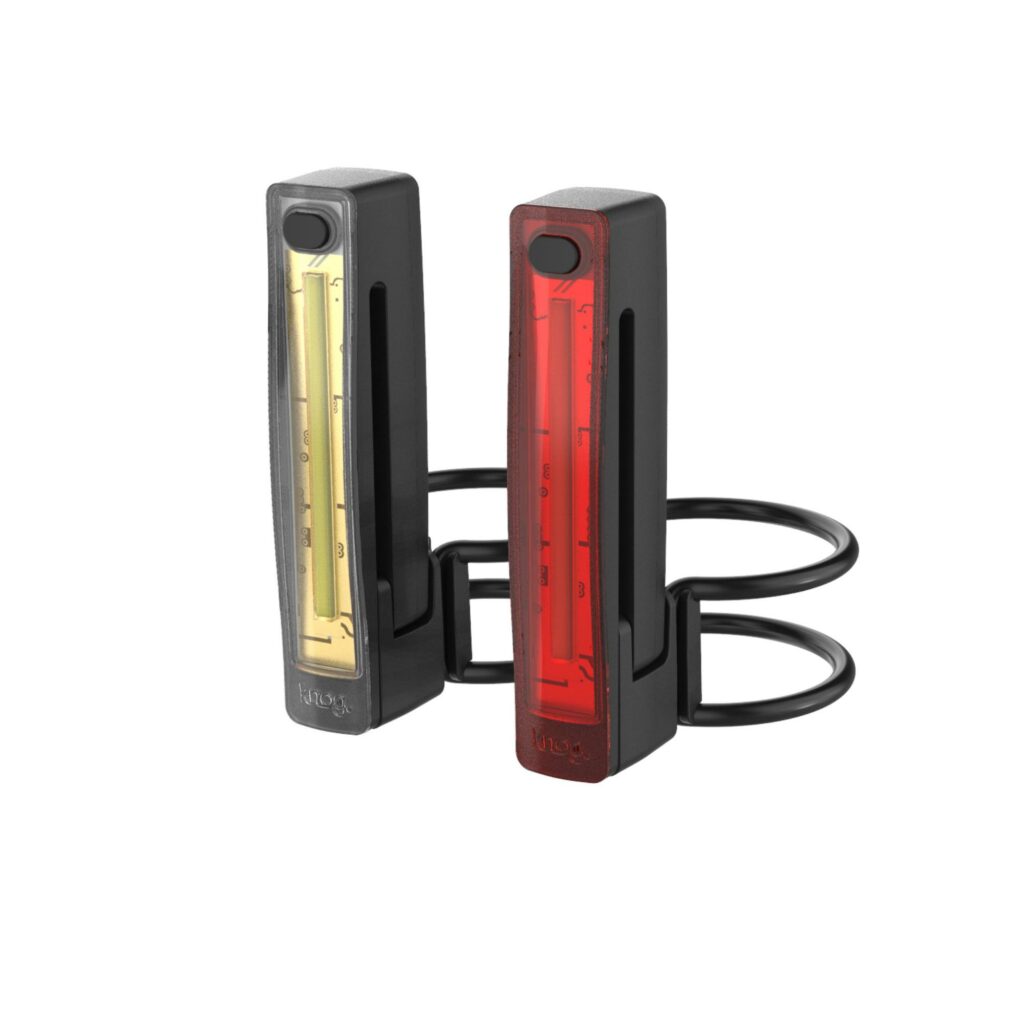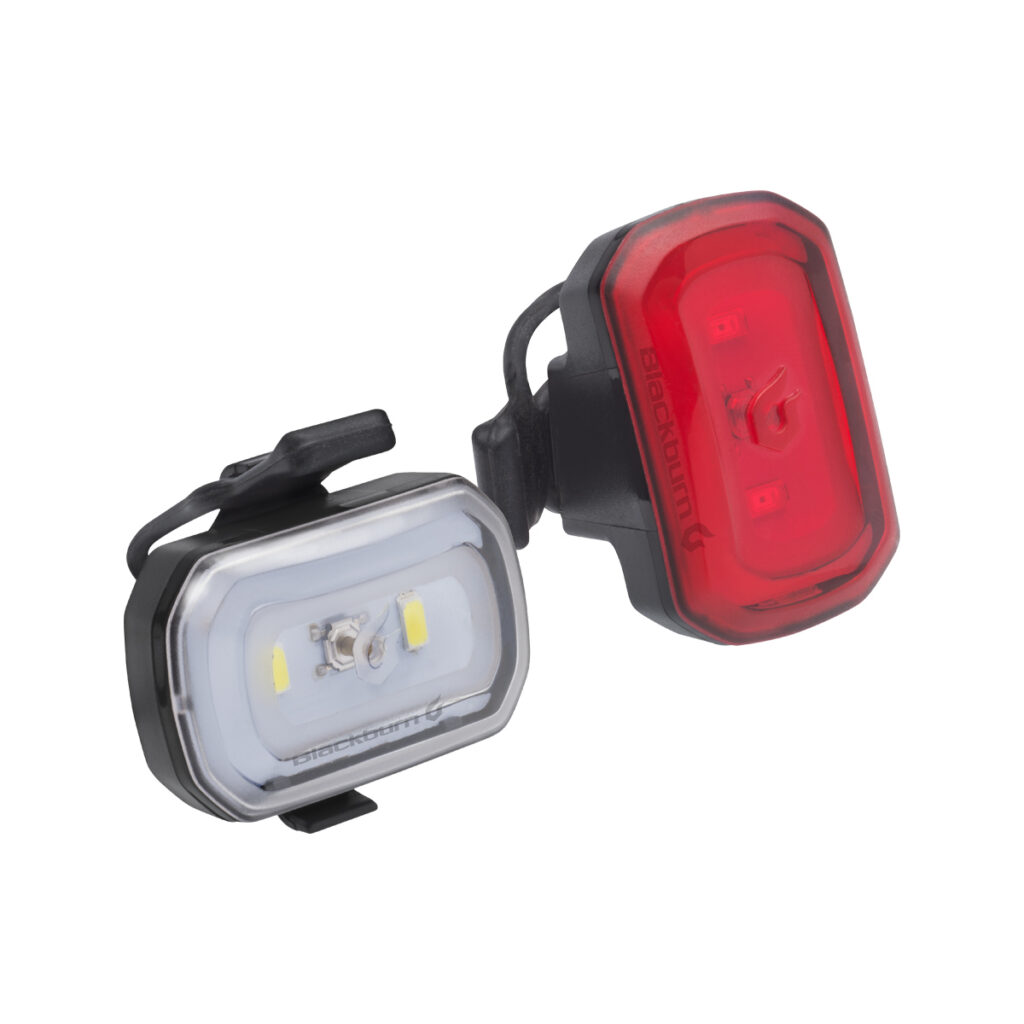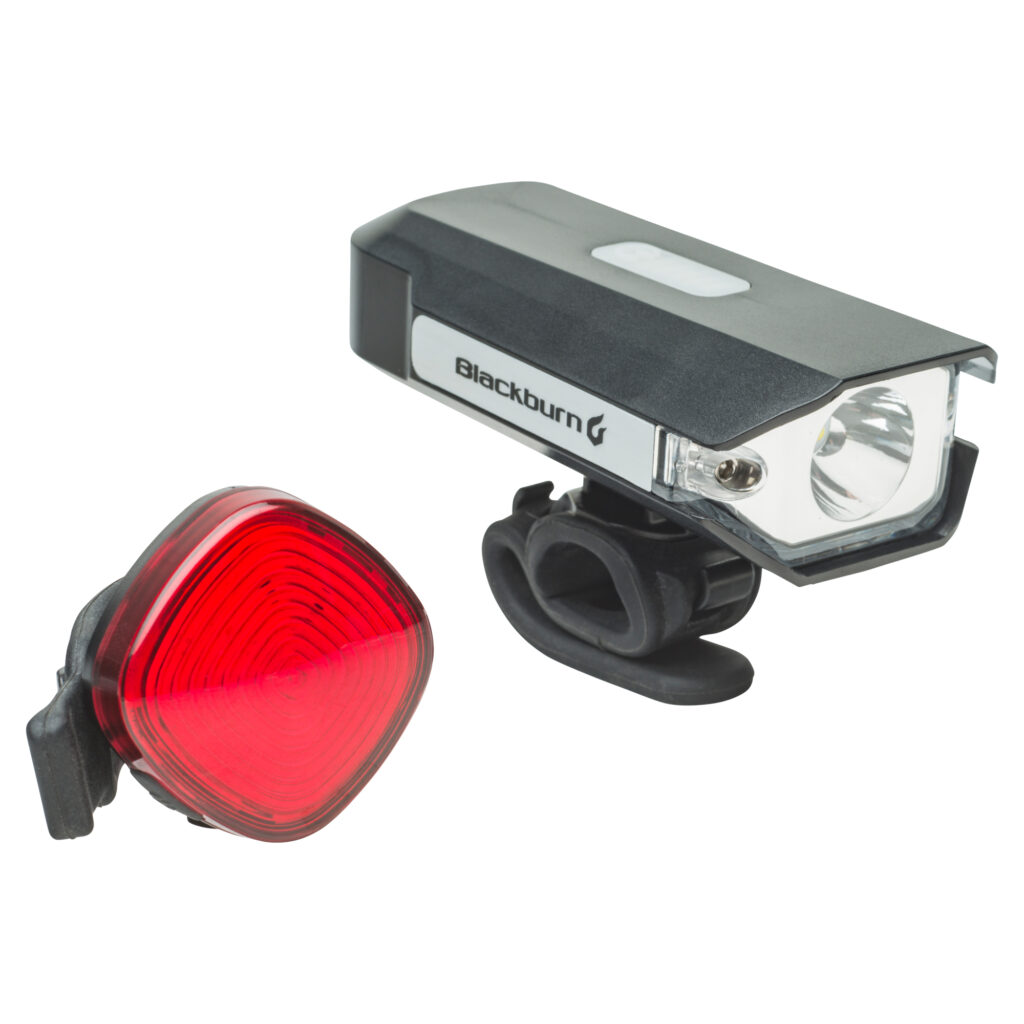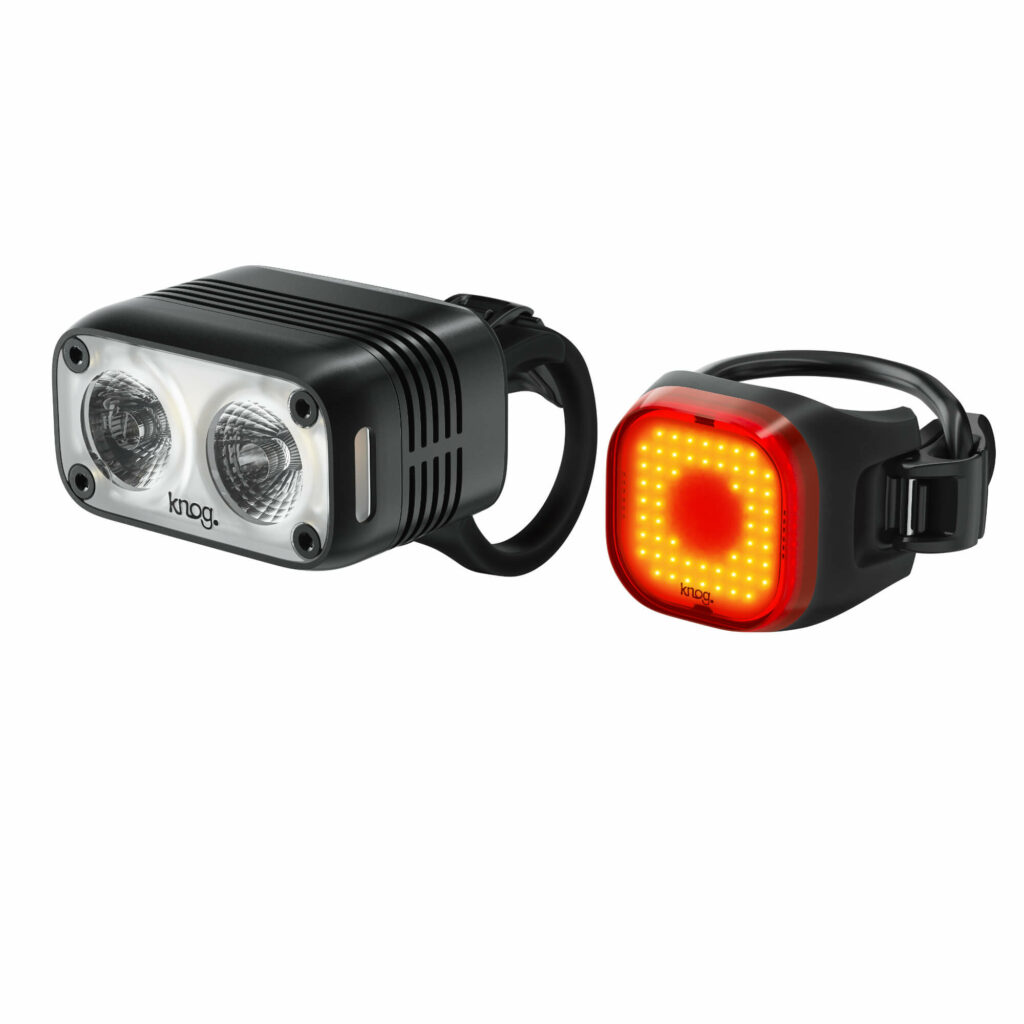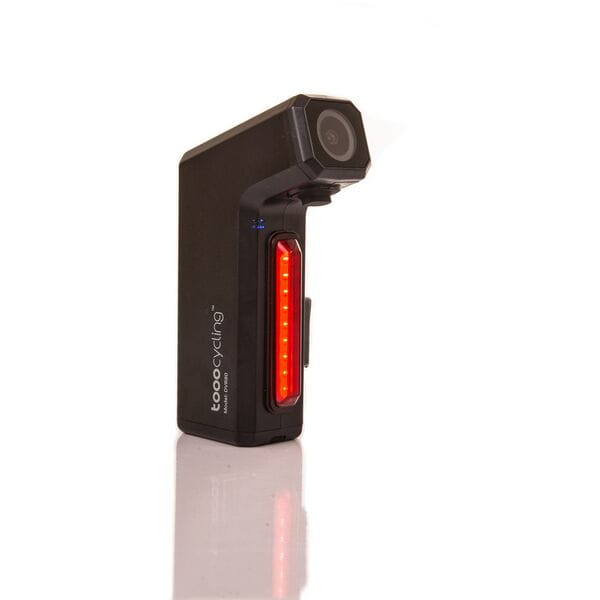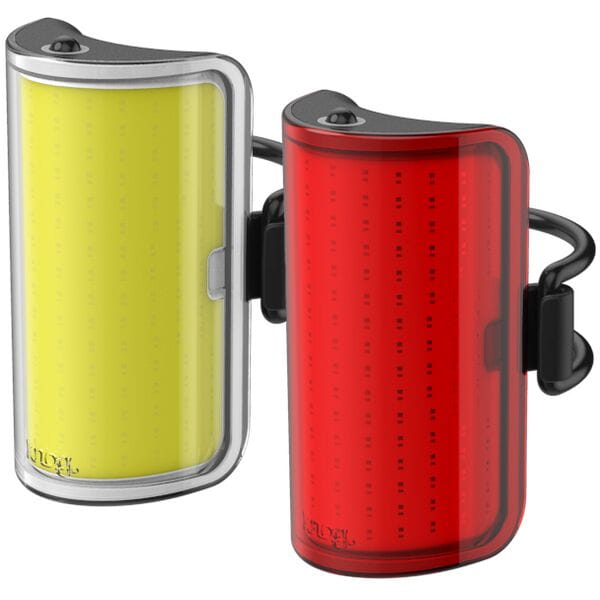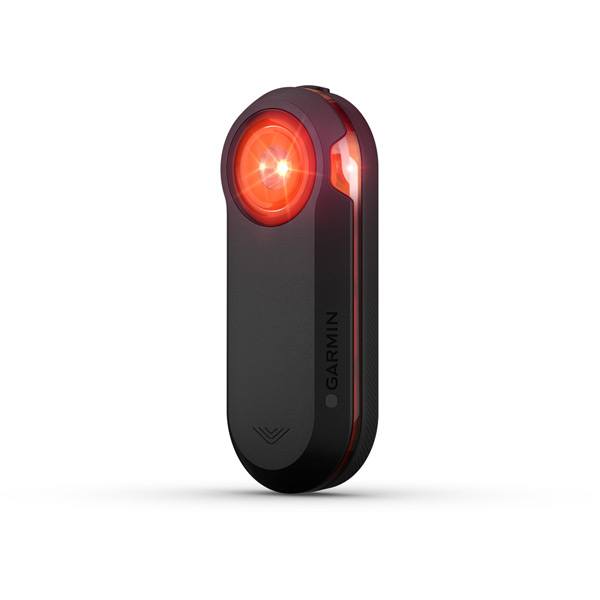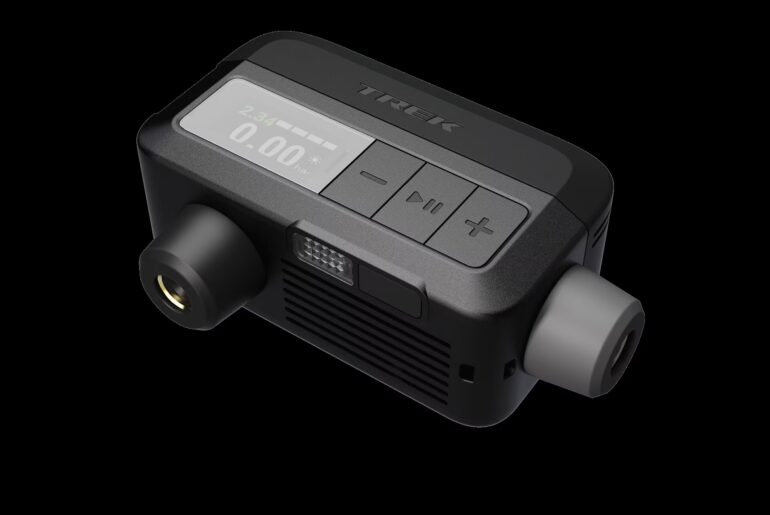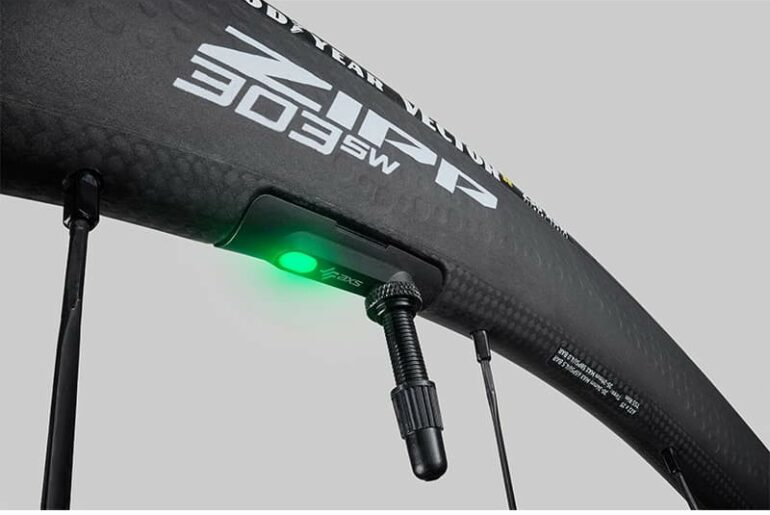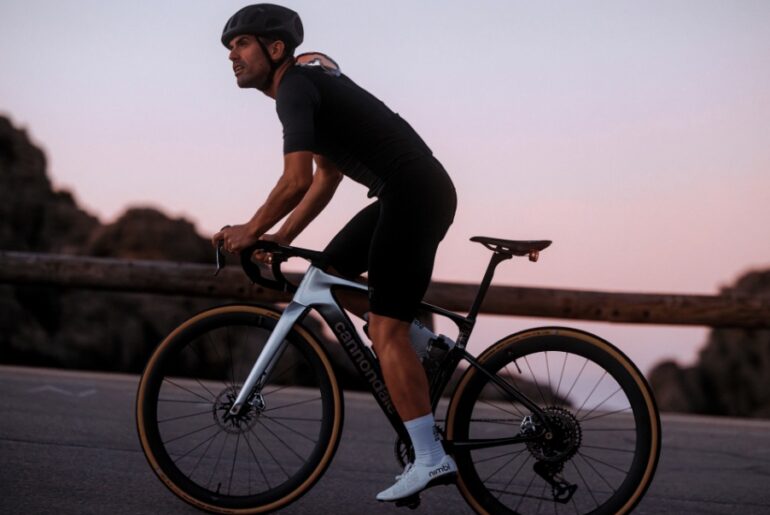As the days get shorter, it is often the time most people begin to think about bike lights, however for your safety we would always recommend having lights on your bike all year round. At night, it is law to have a white front light and red rear light along with reflectors.
Not all lights are the same, there are many differences to consider when choosing bicycle lights. Here we explain the main differences and options to help you make the right choice.
- Battery or Rechargeable Lights
- “To See” or “To Be Seen”
- Battery Life
- Brightness or Lumens
- Number of modes
- Pricing
Battery or USB rechargeable: Many lights are now USB rechargeable. These lights are much more convenient as they are really easy to charge and avoids having to buy batteries. Simply plug the light into a computer or USB plug to charge it up however if your budget does not stretch then battery operated lights are cheaper.
To See or To Be Seen Front Lights: Possibly the most important choice when buying lights. Do you want a front light To Be Seen, a light to make you more visible to other cyclists, walkers and motorists. These lights are ideal for cycling in daylight and in well lit areas. Brightness can be anything from 50-200 lumens.
Or do you want a light To See, to see where you are going. These lights can be anything from 200 – 2000 lumens, they will make you more visible but also enable you to see where you are going. Ideal for unlit areas.
Brightness: A light’s brightness is often measures in ‘lumens’. This is the power output from the source of the light. The range of lumens available is huge and can range from about 5 to 150 lumens for rear lights, and from 10 up to around 2000 for front lights.
Light modes: Almost all lights will come with several light modes. These usually range from constant to strobe to various other flashing modes, and will help to save your battery. Some also let you alter the brightness, which is helpful if you’re travelling between well-lit and rural areas. The Knog blinder road is one of the best examples.
Waterproof (IP rating): All good quality lights are waterproof but it is worth checking before you buy. Cheaper lights may not be.
Mounting Options: Front and rear bicycle lights feature a variety of different mounting styles and options. The two most common variants are strap/band mounts and clamp mounts. Most rechargeable lights use a strap or band mounting mechanism which you can easily wrap around your seat post or handlebar, often without the need for tools. These are designed to be easy to remove to recharge.
Other Light Options: As well as standard good quality lights there are also lights that offer something a little different. The Garmin Radar light links to you Garmin computer warns you of traffic approaching from behind. The Knog Cobber range gives a full 330 degrees of light making yu clearly visable from the side as well as behind. The Tooo Camera Light and Garmin Radar/Camera light has a camera to record any incidents on your ride.
Pricing: A battery operated low lumen front and rear light set from ETC will cost as little as £4.50 (dont expect too much!) with a quality rechargeable 30 lumen set for around £25. A rechargeable 550 lumen front and rear set from Blackburn will cost around £60. A rechargeable 1300 lumen CNC case with a 170 lumen rear cobber from Knog will cost around £150.
- Shop – Front Lights
- Shop – Rear Lights
- Shop – Light Sets
- Shop – Camera Lights

